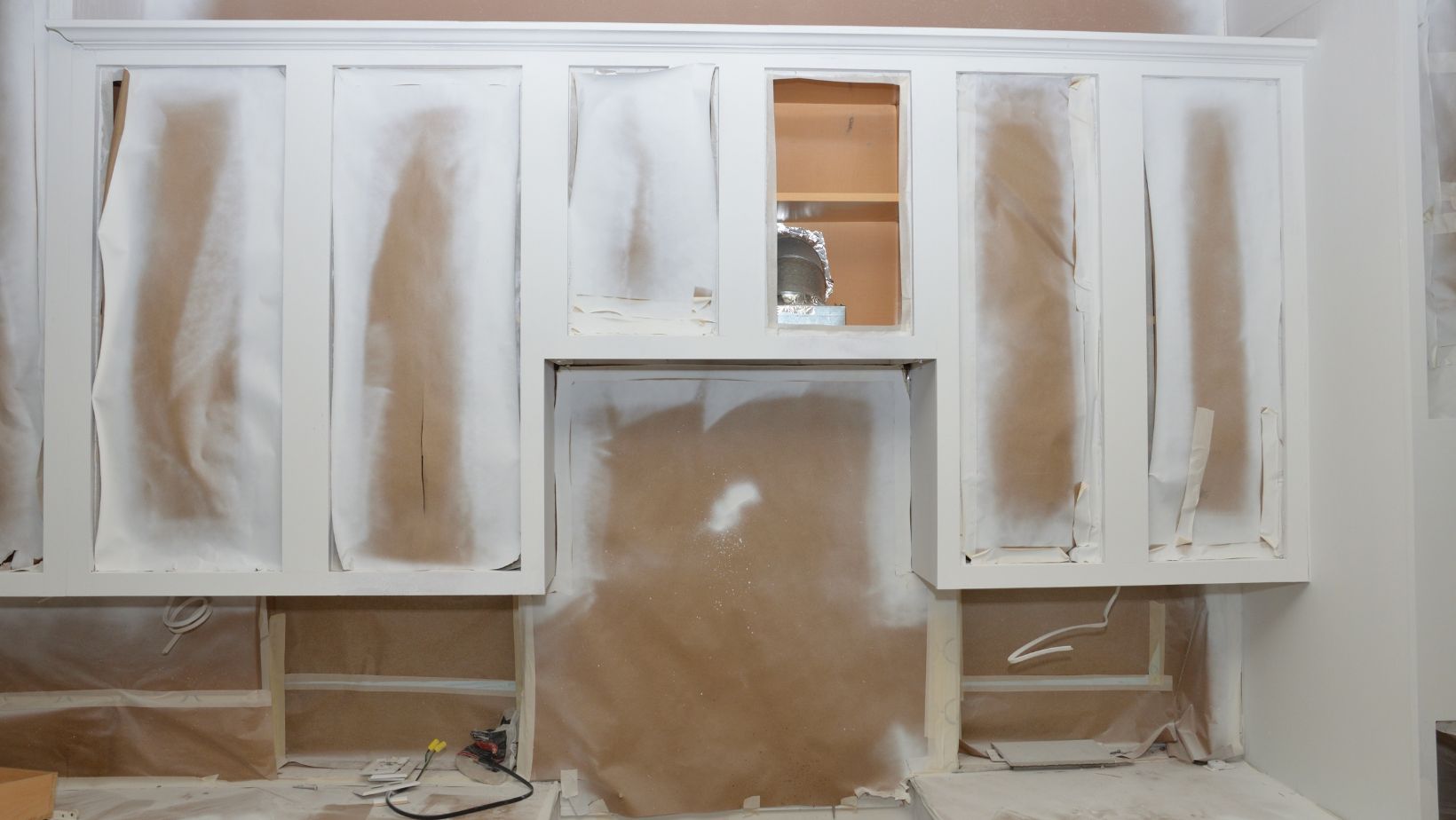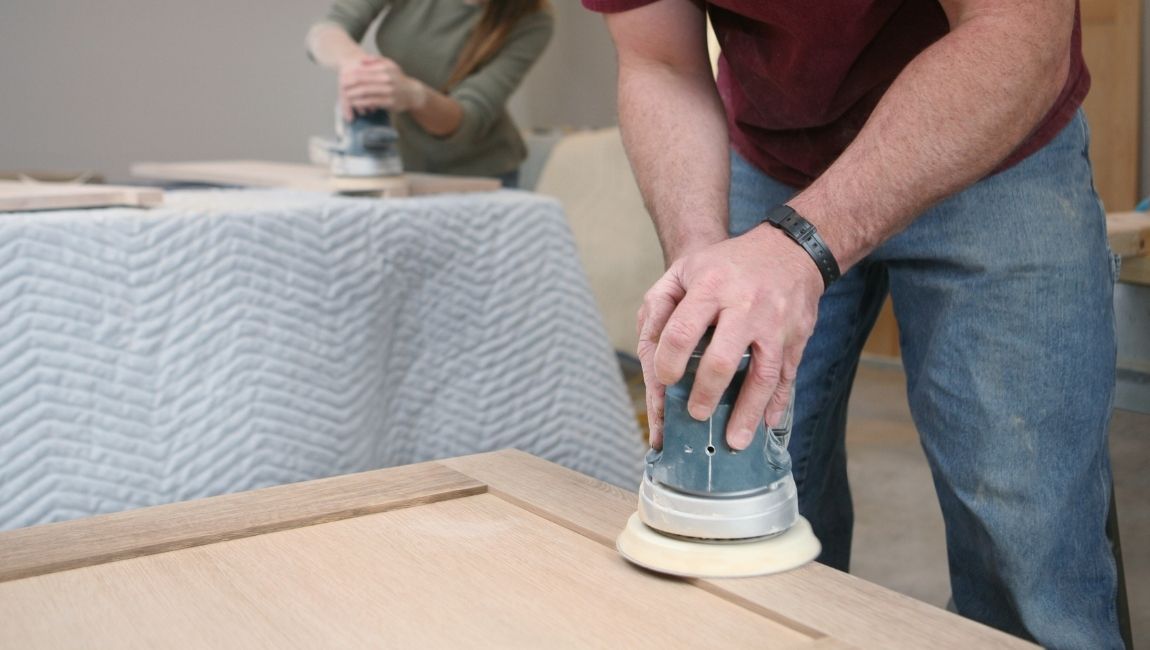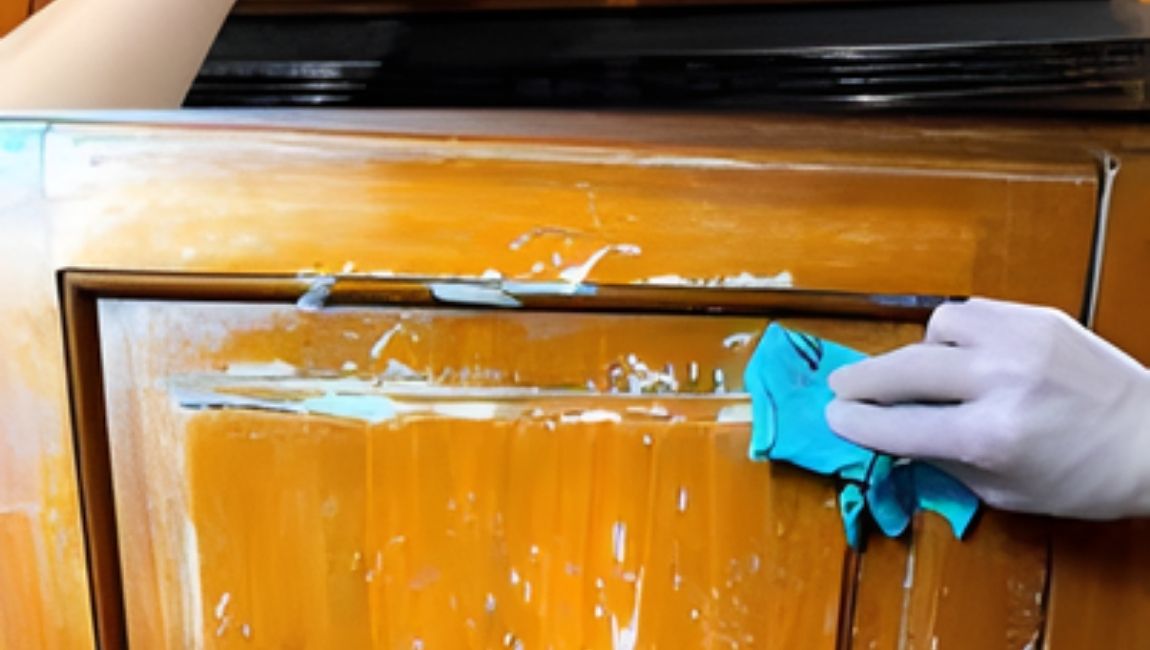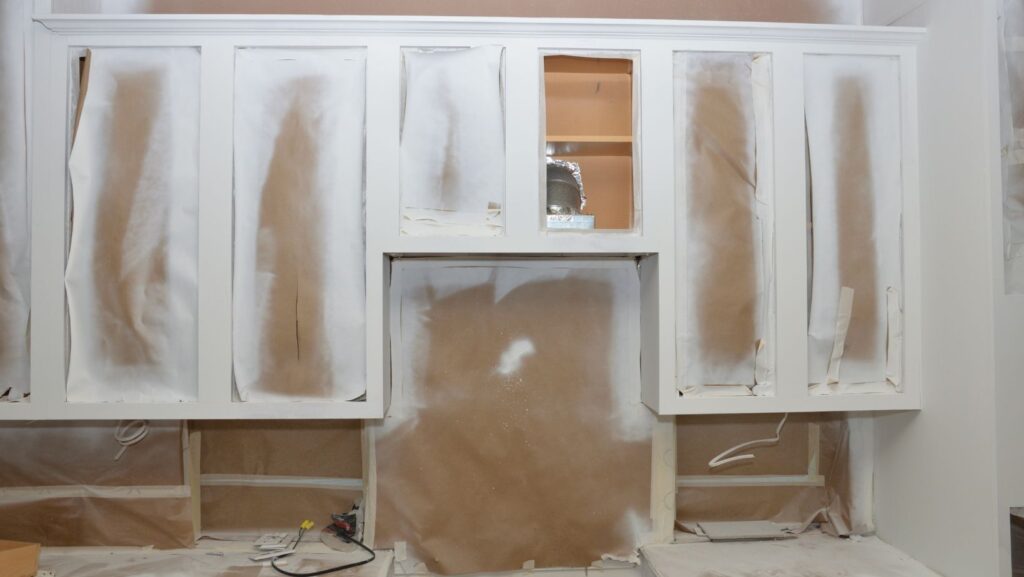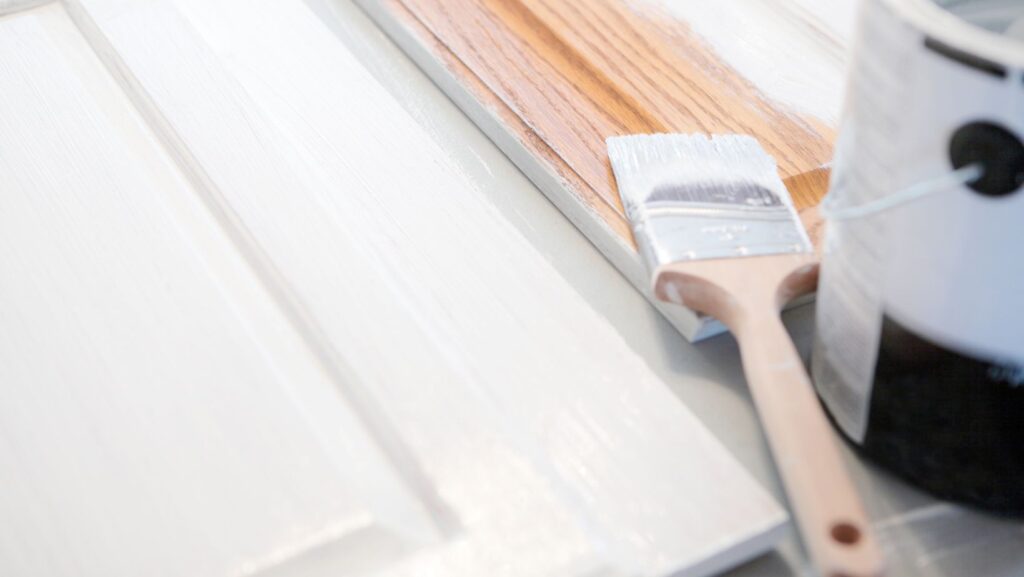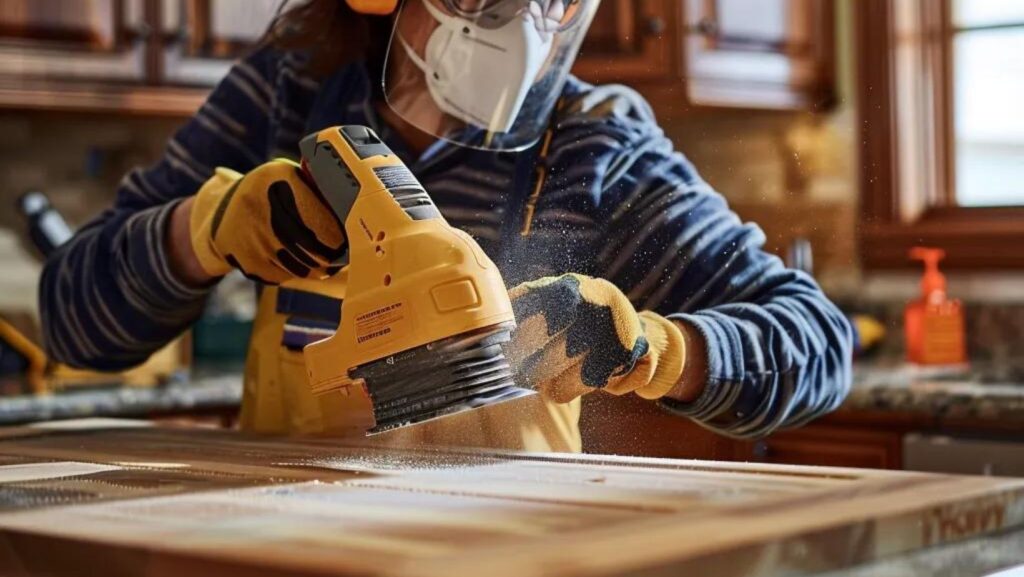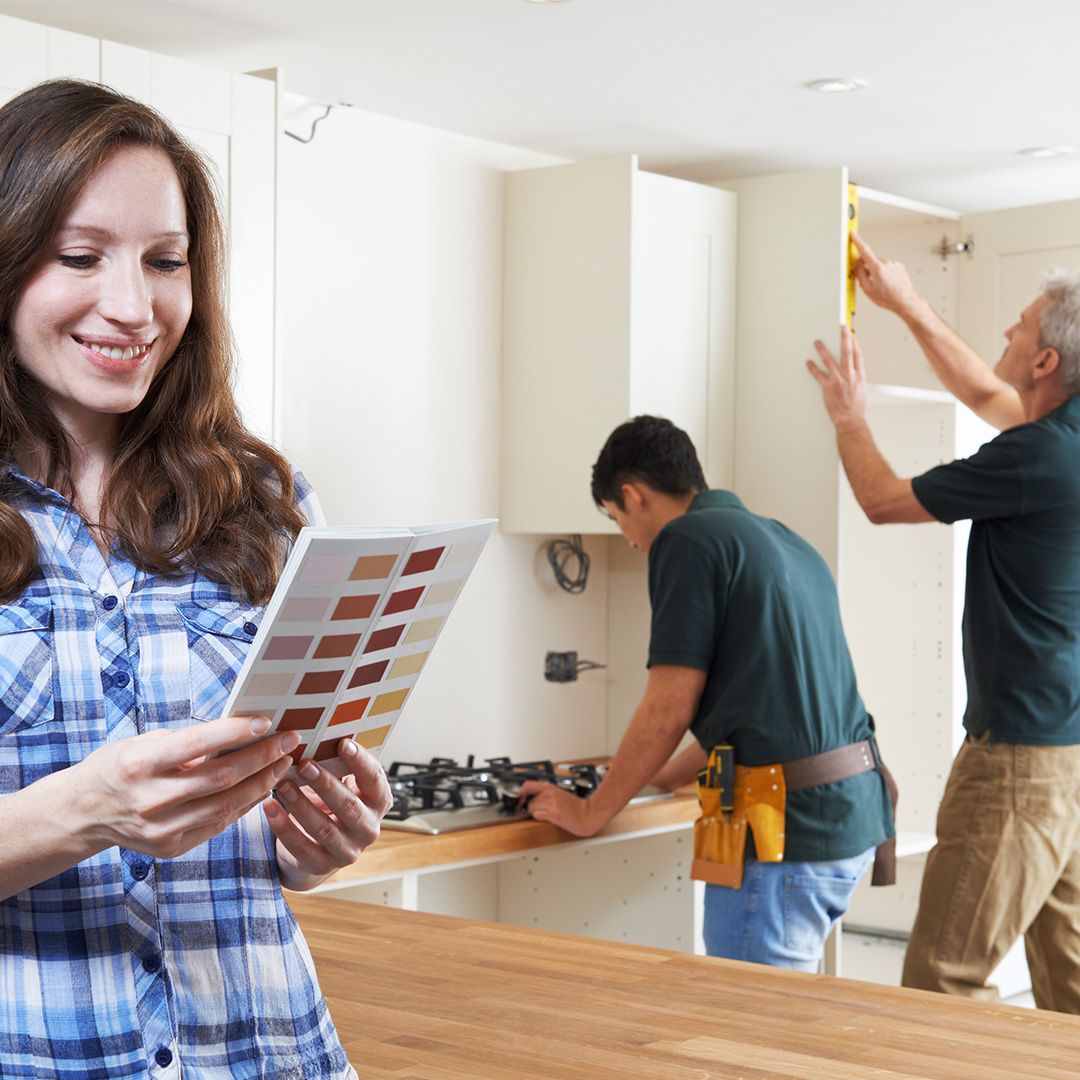Step-by-Step Guide to Preparing Cabinets for Painting
If you want a flawless cabinet finish that looks factory-smooth and lasts for years, the secret isn’t just in the paint—it’s in the prep. This Step-by-Step Guide to Preparing Cabinets for Painting walks you through everything from setup and degreasing to sanding, priming, and final dust control.

Brian Shaffer
Owner

